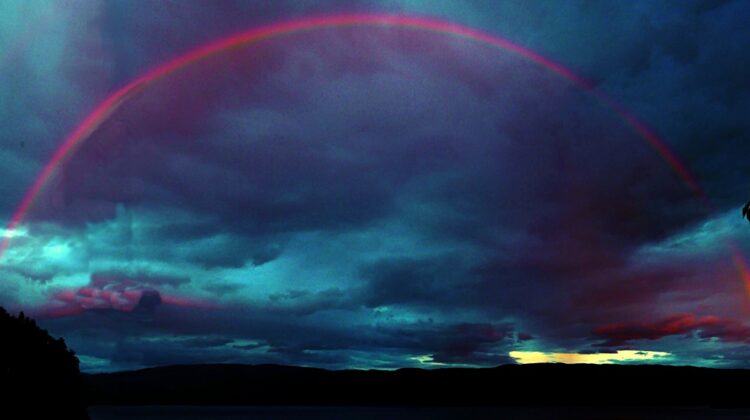
When it comes to natural phenomena, rainbows are one of the most well-known and awe-inspiring sights. But have you ever heard of a moonbow? Also known as a lunar rainbow, these beautiful nighttime rainbows are created by the light of the moon rather than the sun.
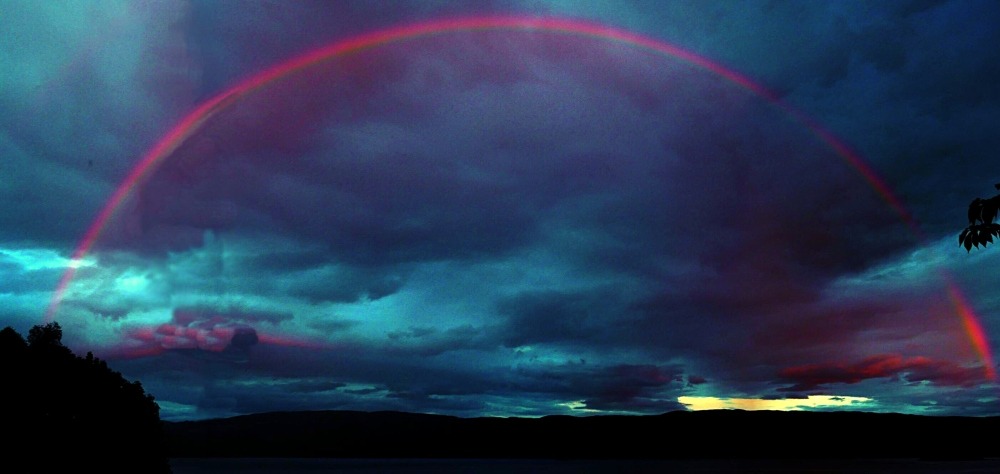
Like regular rainbows, moonbows are formed by the reflection, refraction, and dispersion of light in water droplets. However, instead of sunlight, moonbows are created by the moon’s rays. They are much fainter than regular rainbows and are typically seen as white, although their colors can be captured in long exposure photographs.
To see a moonbow, certain conditions must be met. The moon must be full or near full, and it must be low in the sky (preferably less than 42 degrees). The sky must also be very dark, and there must be water droplets in the air, such as from rain or a waterfall. Moonbows are much rarer than regular rainbows, occurring less than 10 percent as often, and can only be observed for a few hours before sunrise or after sunset.
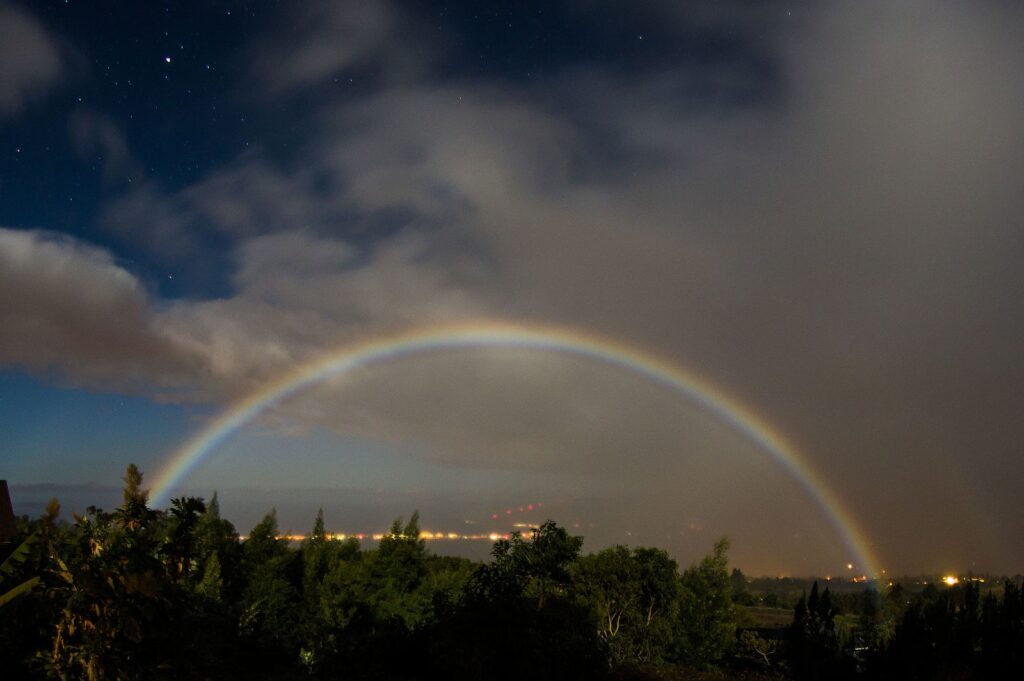
Moonbows can also be induced by spray, fog, or mist, and can be seen at various waterfalls around the world, including Niagara Falls in New York, Yosemite National Park in California, and Victoria Falls on the border of Zambia and Zimbabwe.
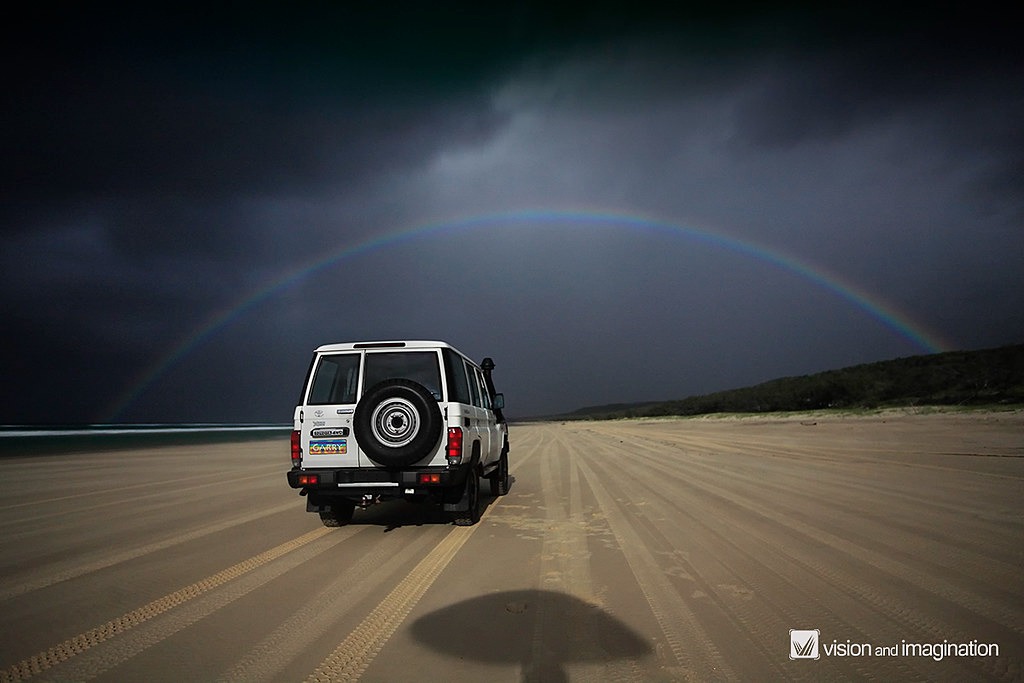
To spot a moonbow, look for a pale, white rainbow when the moon is low and bright. While it may be difficult to see colors with the naked eye, you can capture them easily with a camera on a tripod.
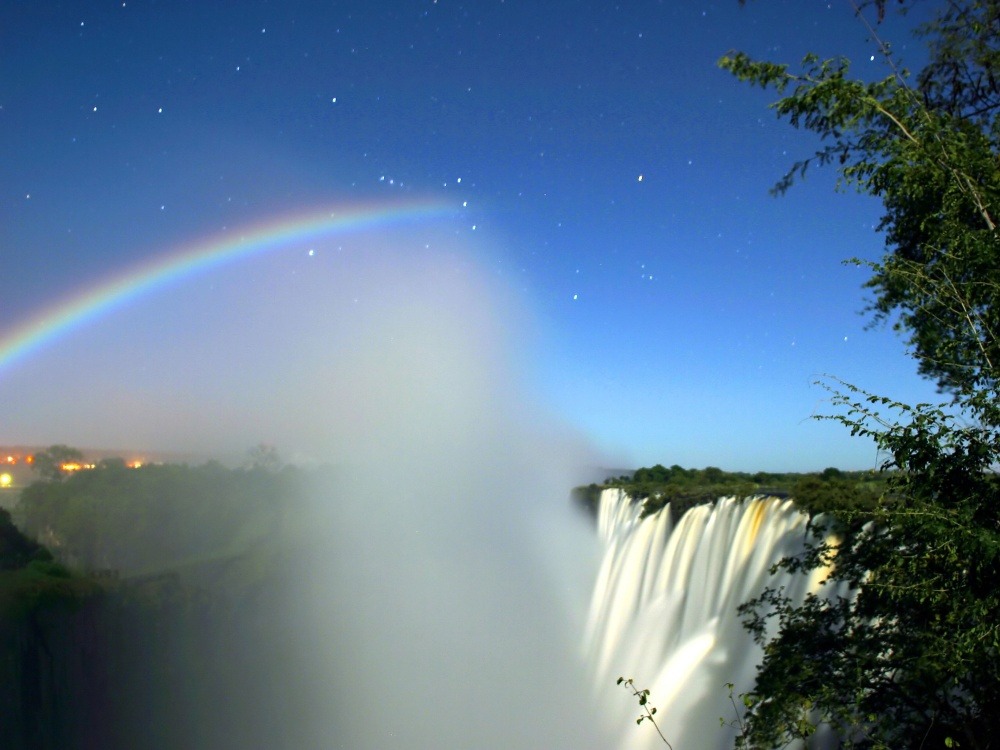
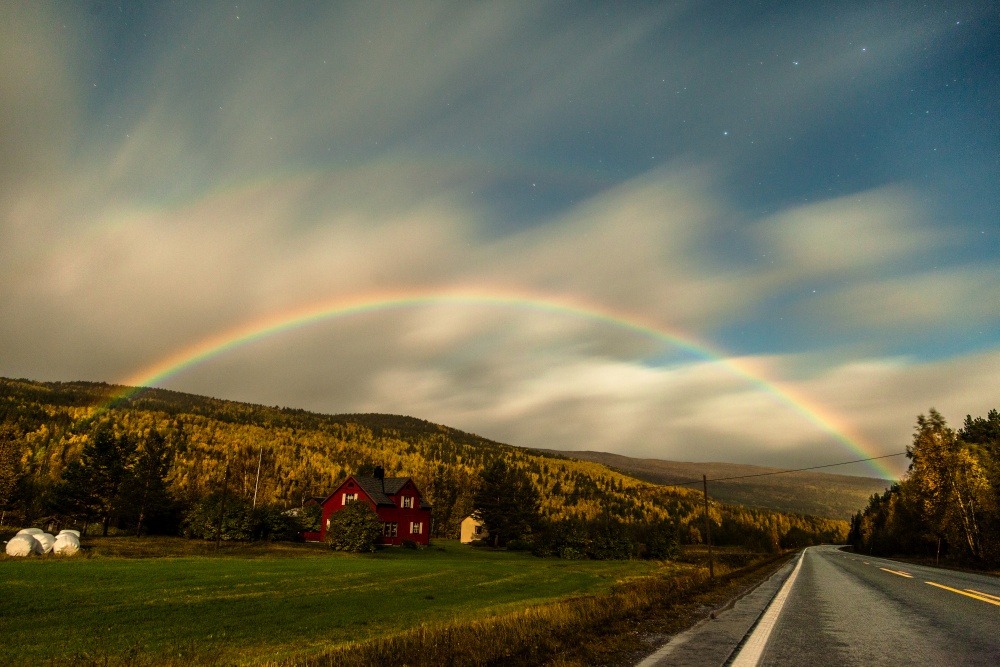
So, the next time you’re out on a clear night with a bright moon, keep your eyes peeled for a magical moonbow.

Leave a Reply